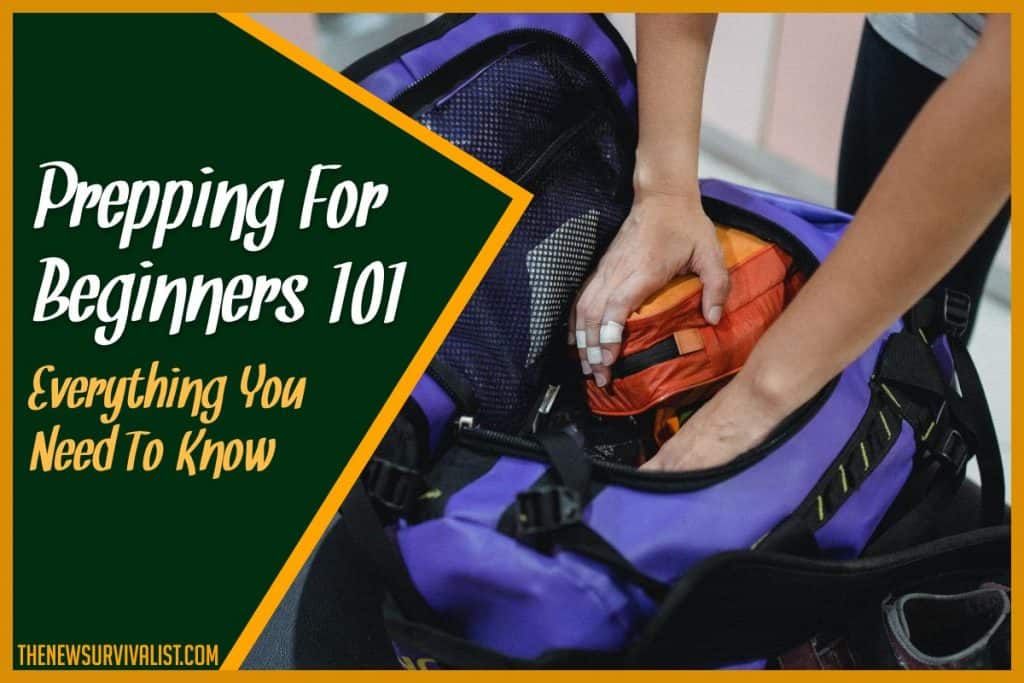You never know when a disaster will strike, a global pandemic will arise, a civil war will break out, or a food shortage crisis will occur. However, with an organized and effective plan, you can prepare for all of these and secure your safety during any emergency.
Prepping for calamities and crises can be an easy job, even for beginners, as long as you do it systematically. The first step is assessment, followed by preparation and stocking of essential supplies. Next is creating an evacuation plan, then lastly, building the necessary skills.
This article will familiarize you with the common calamities and crises you may encounter and provide you with a detailed guide on how to prepare for and survive them.
Why Do You Need To Prepare?
Life is difficult as it is, but plenty of situations can make it even worse and impossible to live in. Most of these situations occur naturally, such as weather-related disasters, but some are due to human activities, such as wars. Preparing for these scenarios can alleviate anxiety and decrease the risk to everyone involved.
Natural Disasters
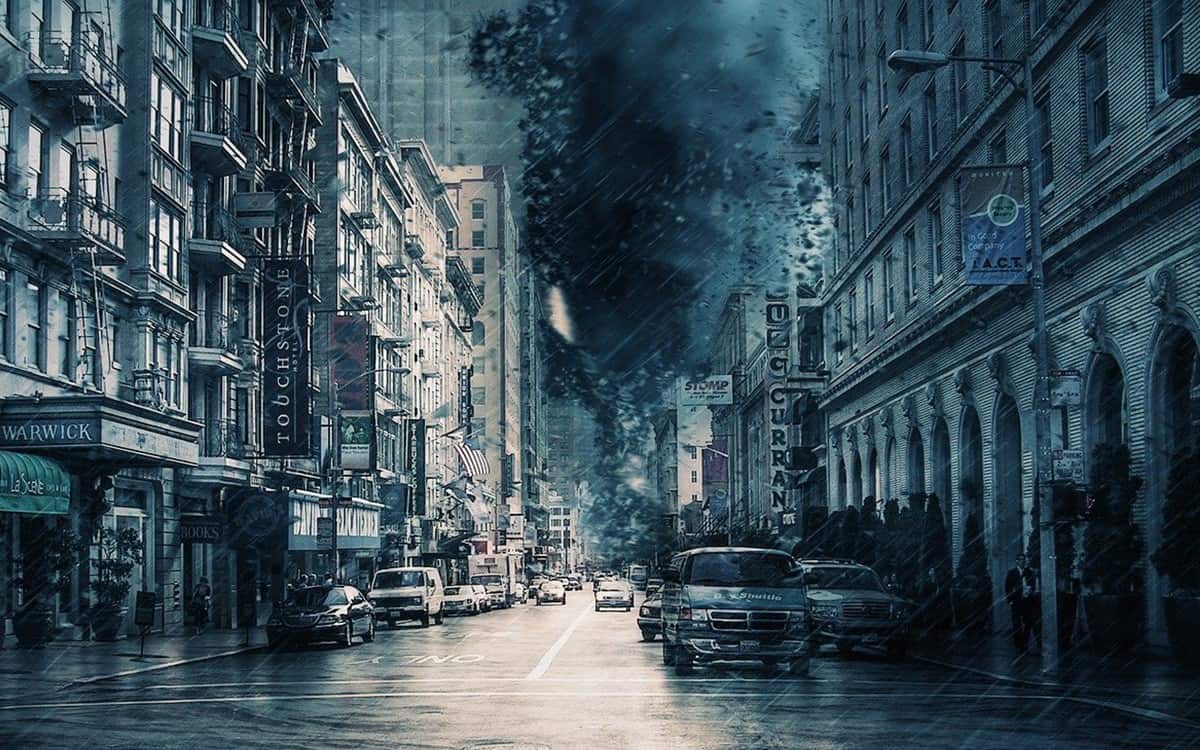
Hurricanes, floods, tornadoes, earthquakes, wildfires, and blizzards are natural disasters you don’t have control over with. These may occur suddenly and leave massive damages that will require weeks, months, or years to recover from.
The preparation you will need for each of these disasters may slightly differ, so you should know which of them commonly occurs in your area. For example, tornadoes and hurricanes are prevalent in the Midwest of the US, which is why tornado drills and storm cellars are common in this area.
As for the West coast of the US, volcanic eruptions and earthquakes frequently occur. These disasters are mainly due to the Pacific Ring of Fire beneath the region. On the other hand, areas near rivers and those that experience extreme rainfalls are prone to flooding.
Some of these disasters can be predicted, such as hurricanes, giving you the time to prepare. Some provide lesser time to move out, like wildfires. However, there are some that give you no time at all and occur suddenly, such as earthquakes.
Regardless, you should make sure that when one of these disasters hit you, you are prepared and have the essential items you need to survive.
Climate Change
Climate change is not a sudden phenomenon; it slowly came in to picture and will probably continue to occur and worsen in the future.
For instance, the climate of a particular region back in the 1900s is no longer the same as the climate it has today. Summer is extremely hotter now, and winters are significantly colder. These are all due to climate change.
One of the more apparent effects of climate change is stronger natural disasters. They are now more destructive and irregularly occurring. Nobody knows how damaging they will become in a few years. However, you can survive them in the future if you start prepping for them right now.
Pandemics and Epidemics

Pandemics and epidemics have been recurring throughout man’s history, and there is no guarantee that another disease or virus will not spread out again. Some of the most infamous pandemics that occurred before are the black death in Asia and Europe, the flu pandemic, and the recent H1N1 swine flu pandemic.
Some pandemics are still not completely eliminated as of today, including AIDS, Zika virus, and Covid-19 virus. Some of these viruses are very infectious, forcing the implementation of quarantines and community lockdowns, which, in turn, results in paralysis of the economy.
This economic paralysis leads to other crises such as food shortages, so you must prepare for pandemics despite not knowing when they will occur. Having enough food, water, and medical supplies will help you and your family survive crises brought about by pandemics and epidemics.
Wars and Political Upheavals
Wars, be it civil or international, will definitely lead to a temporary shutdown of the economy. Similarly, political upheavals, which causes protests, riots, and social conflicts, also interrupt the normal daily life of people and disrupt various services.
Surviving through any of these may be difficult or even impossible if you are not adequately prepared. However, if you have everything that you need, and you have a complete emergency supply kit, you can survive through them without worries.
How to Start Prepping
The idea of prepping for unexpected situations and disasters may be overwhelming to some, especially for beginners. There are a lot of things you must consider – from food supply to an evacuation plan. But, with a systematic approach and detailed planning, you can prepare efficiently and effectively for any emergency that may come.
Step 1: ASSESSMENT
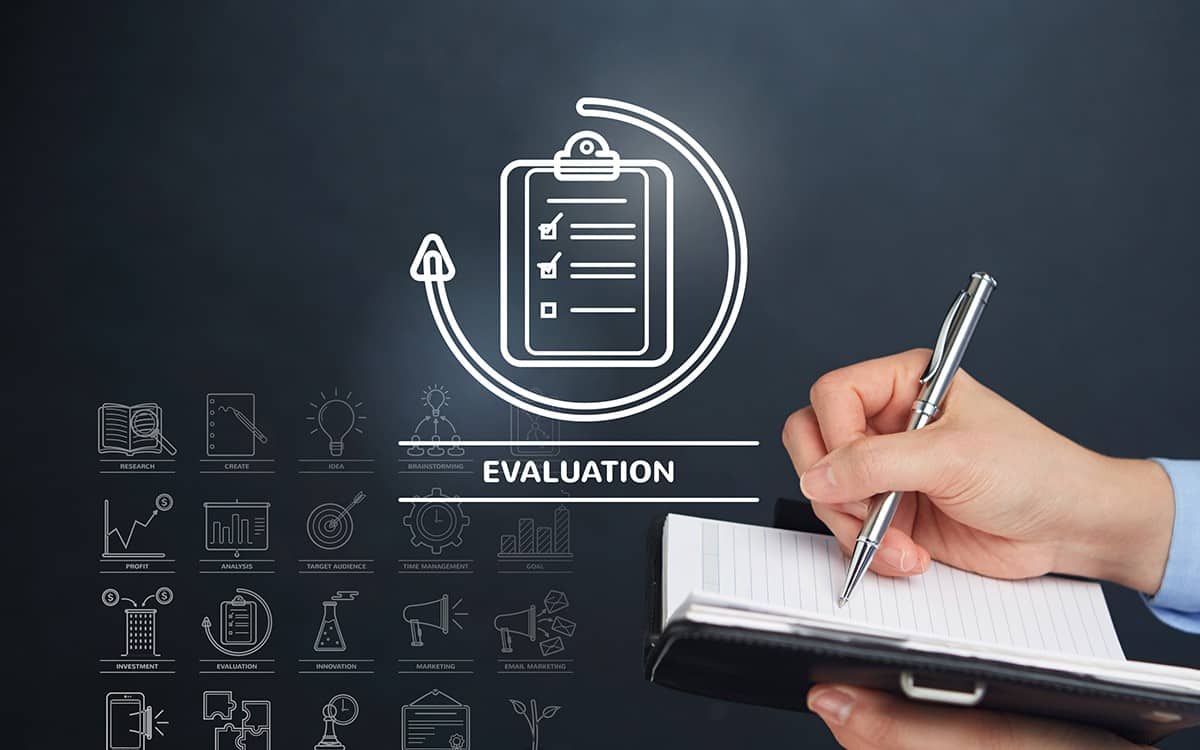
Risk Evaluation
Determine the threats that you may most-likely face. Indeed, a prepper must be ready for any disaster. However, as you may have realized, it is impossible to do so, nor is it practical.
If you are living in countries like Japan, surrounded by bodies of water, you should prepare for tsunamis. If you are on the East coast of the USA, expect to encounter hurricanes every year. But, if you live in the Midwest or far from the coast, you can focus on tornadoes and disregard planning for tsunamis.
Upon identifying which threats are common in your area, start researching and learning what exactly you should prepare for. Know what happens during these particular disasters, and based on previous reports, determine the extent of preparation you need.
Assess Current Preparedness
Go through your current storage, if you have one, and list the items you already have. Make an inventory of your food supplies, medical supplies, and other emergency items.
Knowing your current preparedness situation will allow you to properly note the things you will need to buy. It will also prevent you from spending more than necessary.
Preparedness assessment also includes knowing your skills. Determine whether you have the skills vital for survival, such as cooking, first aid, self-defense, and others. If you don’t, you should include them in the list of the things you need to have or develop.
Financial Assessment
Prepping for emergencies is not cheap, but it doesn’t necessarily have to be very expensive. As long as you have a plan and exactly know your specific needs, you will be able to save some money.
As mentioned previously, assess what you currently have to avoid spending money unnecessarily. Then, determine the priority items you need – food, water, and medical supplies, for example.
When you have a list of the things you need to buy, and therefore have a rough estimate of the total cost, plan where to get the money to spend. If you have a lot of money, then you are prepared financially. On the other hand, you can set aside a portion of your monthly allowance or salary for this purpose. Then, little by little, buy your survival supply and kit. Prioritize purchasing the essential items first, food supply, for example.
Assess Mental Preparedness
Most preppers often overlook this part of the process, thinking that it is unimportant, but they are wrong. Mental preparedness is a crucial aspect of surviving any disaster. Even if you have all the necessary things for SHTF scenario, there is still a chance that you won’t survive if you aren’t mentally prepared.
Mental preparedness involves training your brain to be in an unwanted scenario. You can do so by reading through the experiences of disaster victims or by watching relevant news. You can also perform emergency drills with your family.
The actual scenario during a disaster might not be precisely the same. Nonetheless, conditioning your brain and knowing what to expect will significantly help you make sound decisions when you encounter the actual threat.
Step 2: SUPPLY PREPARATION
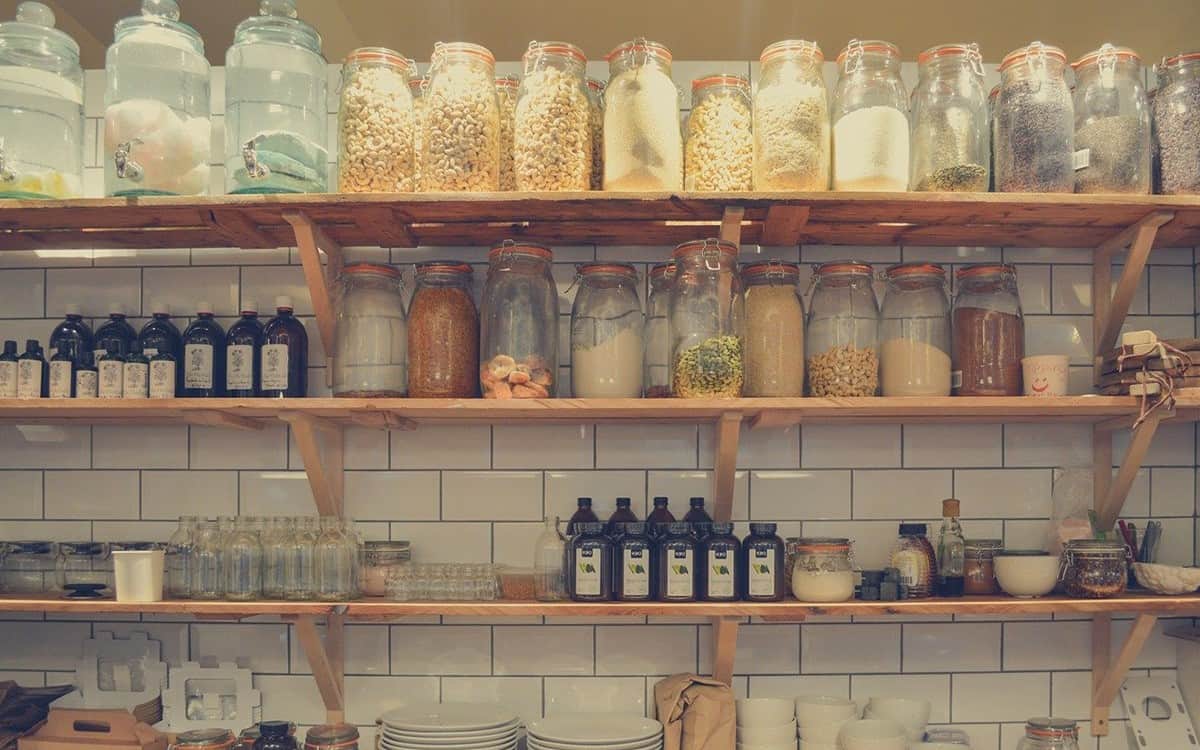
How Much to Stock (For How Long)
For local emergencies or situations where the affected area is relatively small, it is unlikely that supply aids will not arrive within 3 days. However, FEMA and the American Red Cross recommend that you stock at least a two-week worth of supplies. A small excess of supplies will help you feel at ease despite not knowing when the emergency aids will come.
The actual amount of food you need to stock depends on the number of family members you have. Ensure that there is enough food to meet the daily calorie needs of each member. The amount of calories of food products is usually printed on the packaging.
Water Supply
About 60% of the human body is water, and so without it, the body cannot function properly or won’t function at all. You can live for weeks without food, but you will not survive for three days without water. Even before that third day, you will already experience hallucinations due to extreme dehydration.
When preparing for emergencies, your top priority should be securing your water supply. The recommended amount per day is at least a gallon per person. It should be stocked in food-grade plastic bottles, barrels, or jugs; you are also advised to check for cracks and leaks in water jugs routinely. Although water does not have an expiration date, you should still rotate or change your stocks every few months.
You should also consider buying portable water filters. They are made of several layers of filtering media that purify the water and remove bacteria and other particulate matter. You can use these handy devices to purify water when your stock runs out.
Aside from these filters, there are also water purification tablets and powders available on the market. You can use rainwater and rivers as a source of raw water, then purify it using the methods mentioned above.
Food Supply
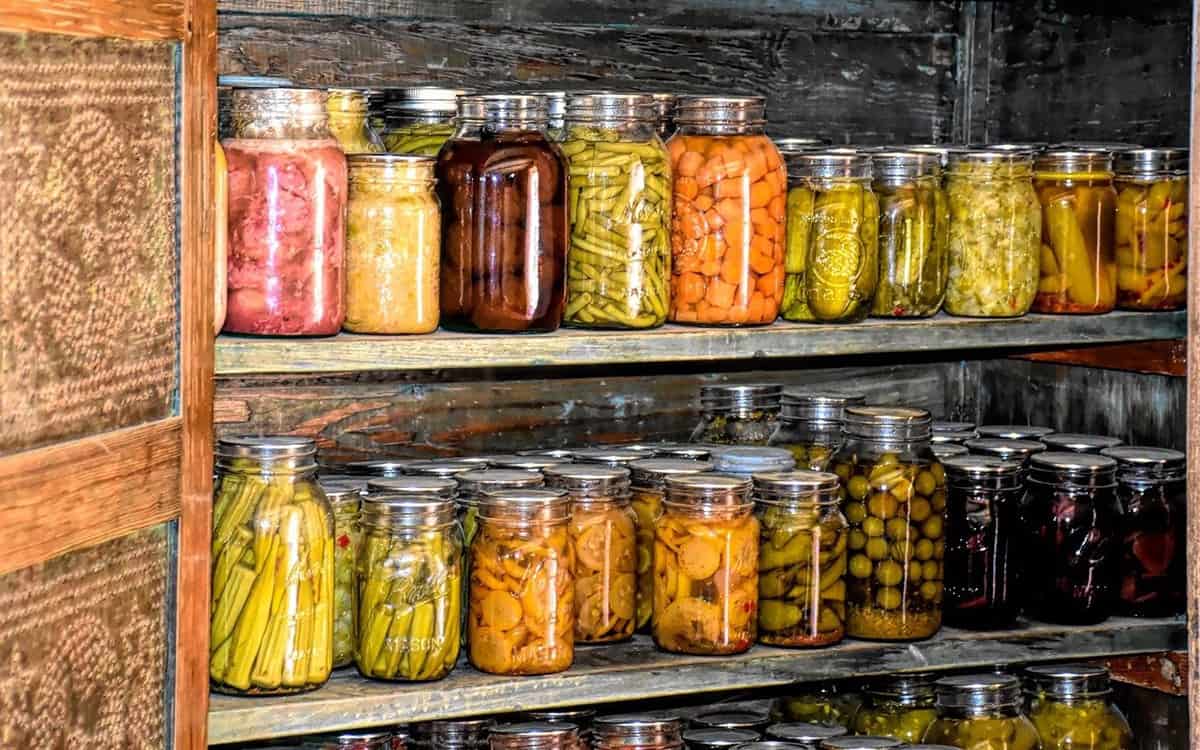
Some emergencies are unpredictable and you won’t have any time to prepare your food stockpile. So, you should stock as early as possible, specifically food that can last for a long time on your shelf.
Canned goods and dry food products are ideal. They can last for an extended period, and most of them are not that expensive. Be sure to buy food items that your family would want to eat to avoid wasting them. It is also critical to have diverse food in your stockpile. The variety of food available will prevent nutrient deficiency-related problems due to a limited food source.
You can also build a small backyard garden and farm, which is ideal during a food shortage crisis. It can provide fresh sources of vegetables, fruit, and meat that are better than their canned and dried counterparts.
Hygiene and Medical Supplies
A disaster does not excuse you from brushing your teeth and washing your hands. Hygiene is more important during emergencies than most people think. With proper hygiene, you can avoid diseases like cholera, rashes, and simple diarrhea, which are common during and after a disaster.
Have a sufficient stockpile of tampons and a toilet bucket in case the plumbing also goes down. These are inexpensive and will help you maintain a clean and safe surrounding during an emergency.
You should also build a medical kit filled with medications and antibiotics for common health problems like fever, wounds, cough, and others. You should also consider stocking up on fish antibiotics, especially when human antibiotics are already scarce. You can buy ready-made medical kits; however, if a family member needs a specific medication, you should add it to the kit.
Heat and Light
Heat is vital during emergencies, especially in cold areas. There were cases wherein people died not because of hunger but due to lack of adequate heating. Power outages are common during disasters, resulting in a loss of heat source.
However, you should avoid using portable heaters indoors. Most of these use oxygen to produce heat and carbon monoxide, which is a deadly gas when inhaled in excess. A better option to acquire heat is through space blankets, wool blankets, and sleeping bags specifically designed to provide adequate heating.
Lighting, on the other hand, is not that important. But, you will need it to properly navigate through your house and look for the things you need. You can buy rechargeable lamps and flashlights for this.
As for the emergency power supply, you can buy power banks and portable solar panels for charging your phones and other essential gadgets.
Step 3: EVACUATION PLAN

Where To Go
At worst, you will need to leave your home and evacuate to a safer place. Most areas or cities that suffer from yearly occurring disasters like hurricanes have emergency evacuation plans. If you live in one of these cities, be sure to know where to go during extreme scenarios that require you to evacuate.
You should also have a concrete plan on what to do when an evacuation is enforced. Without it, you could quickly lose your cool and forget everything you are supposed to do and get. Keep all the essential things you need to take in one place so you won’t leave anything important when evacuating.
Bug Out Bag
Most evacuation centers and shelters provide you with just enough to survive – they won’t give you hotel treatment. In large-scale disasters, you may even be forced to build a makeshift shelter and live in it.
Therefore, it is important to have a readily available bug-out bag that you can just grab when you are forced to leave your home. This emergency bag should be filled with all the essential items you need to survive. It should contain a small supply of food and water for immediate survival, and it must also include your medications if you need any.
Step 4: BUILD SKILLS
Building Shelter
As mentioned above, in major disasters, you may need to build your own shelter. Tents are excellent, but you won’t always have access to one. You should learn to make a temporary shelter using tarps, which are more versatile and easier to carry.
You can also practice building shelters using resources found in the environment. These are called bushcraft shelters, which might come in handy if you were to camp out in the wild.
First Aid Skills
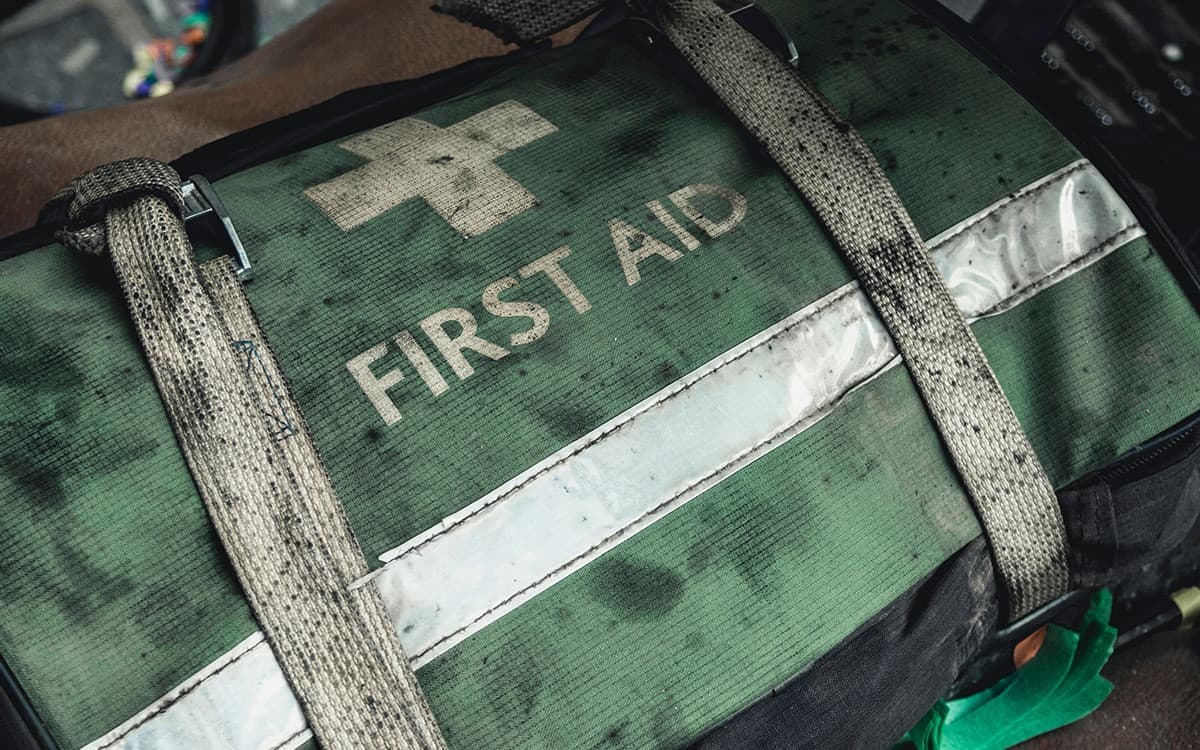
First aid skills can become a lifesaver during or after a disaster. Most hospitals will be full of patients or, worse, inaccessible during these times. Therefore, it is vital to learn how to take care of yourself and your family during emergencies.
You should learn the basics of bandaging, sterilizing, and stitching wounds. You should also learn how to save a life using CPR and the Heimlich Maneuver. Injuries are also common during disasters, so you must know how to close them and stabilize them to avoid further infections.
Building a Fire
Fire is one of the most critical elements of survival, especially if you are in the wild. You will need it to cook, for light, and to supply your body with adequate heating. Although you will have a lighter or matches in your survival kit, you should know how to build a fire using natural resources. It will come in handy during less ideal situations.
Gardening and Farming
You can survive a short-term crisis by having enough supplies for your family. However, it might not be the case if a long-term disaster occurs. You must learn how to be self-reliant in terms of food sources.
If you have the time and resources, it is best to make your own backyard garden and farm. These will provide you with fresh and organic foods. Markets and the economy itself may temporarily freeze during a significant disaster. So, having your own food source will ensure your family’s food stability.
Self Defense
Worst scenarios will most likely bring out the worst in people as well. During disasters, even the police forces might be slightly paralyzed, weakening the public’s defense against criminals. To protect yourself and your family, you must learn how to defend against such people.
You can learn basic martial arts and hand-to-hand combat. You can also acquire a firearm legally. Learn how to shoot, and how to maintain and clean it. Just remember to be responsible – store it correctly and safely.
Step 5: SPECIAL CONSIDERATIONS
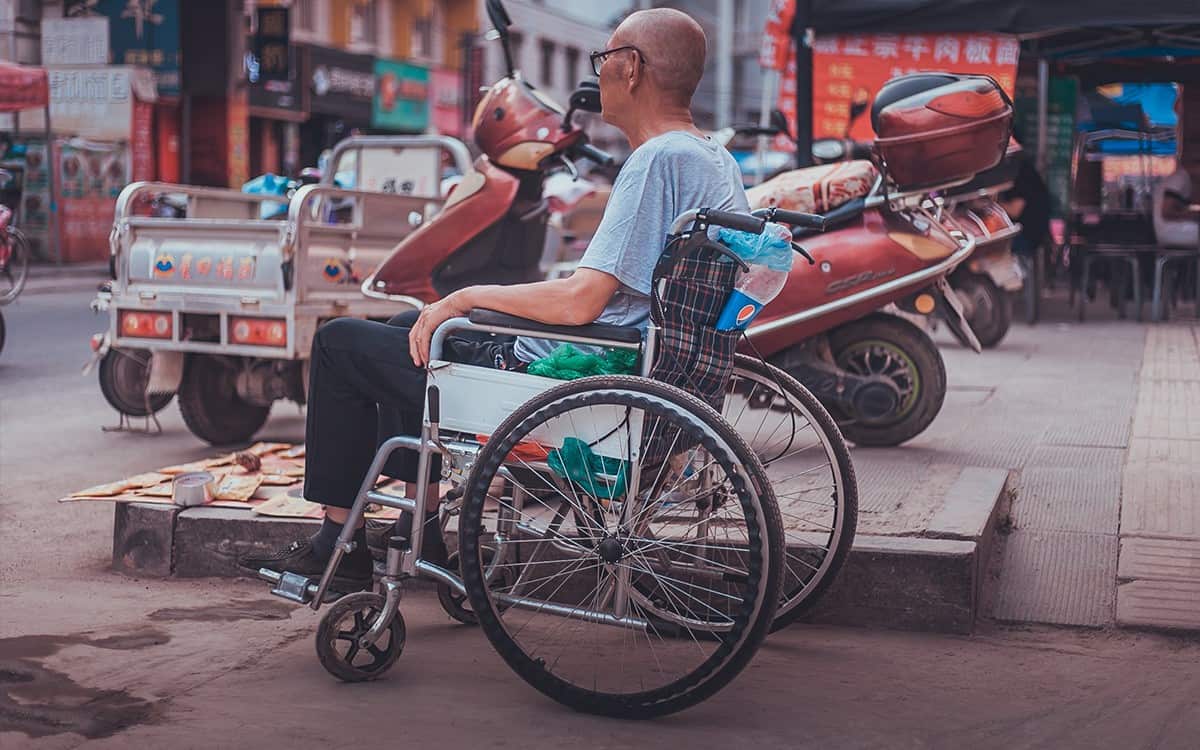
Not all members of your family may be as fit as you. Pregnant women, infants, elders, and disabled members should be given special considerations when prepping. Determine all their unique needs and if possible, list them to avoid forgetting them.
Final Thoughts
There is no definite list of all the things you need to buy and prepare for emergencies. However, the steps provided in this article can serve as your guide to become an effective prepper. It is critical to prepare according to your needs and based on the circumstances you are in, so adjust things to fit your situation. Prepping is not an overnight job, so don’t rush it – build your resources and skills steadily until you have prepped sufficiently for the worst that can happen.

